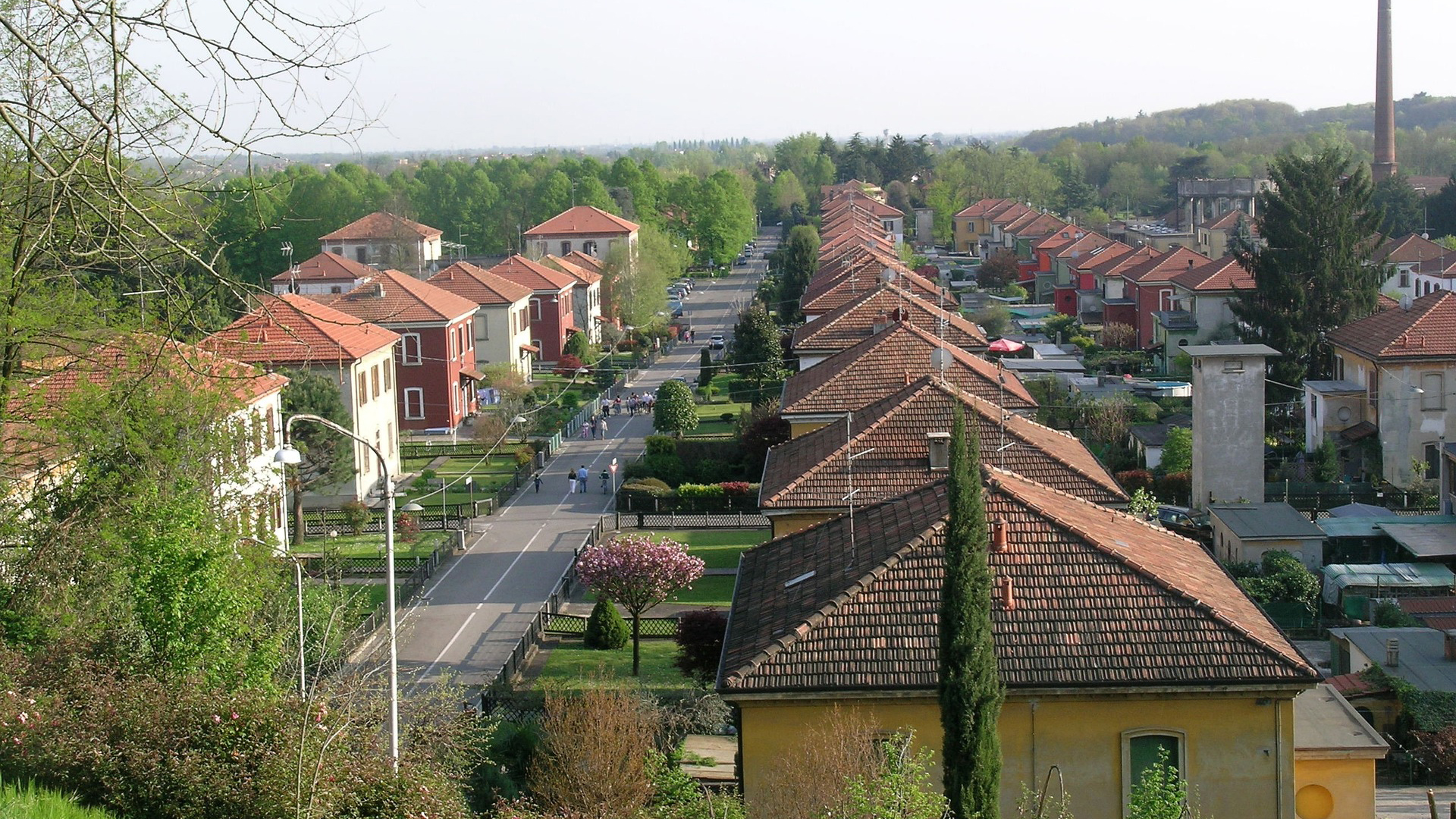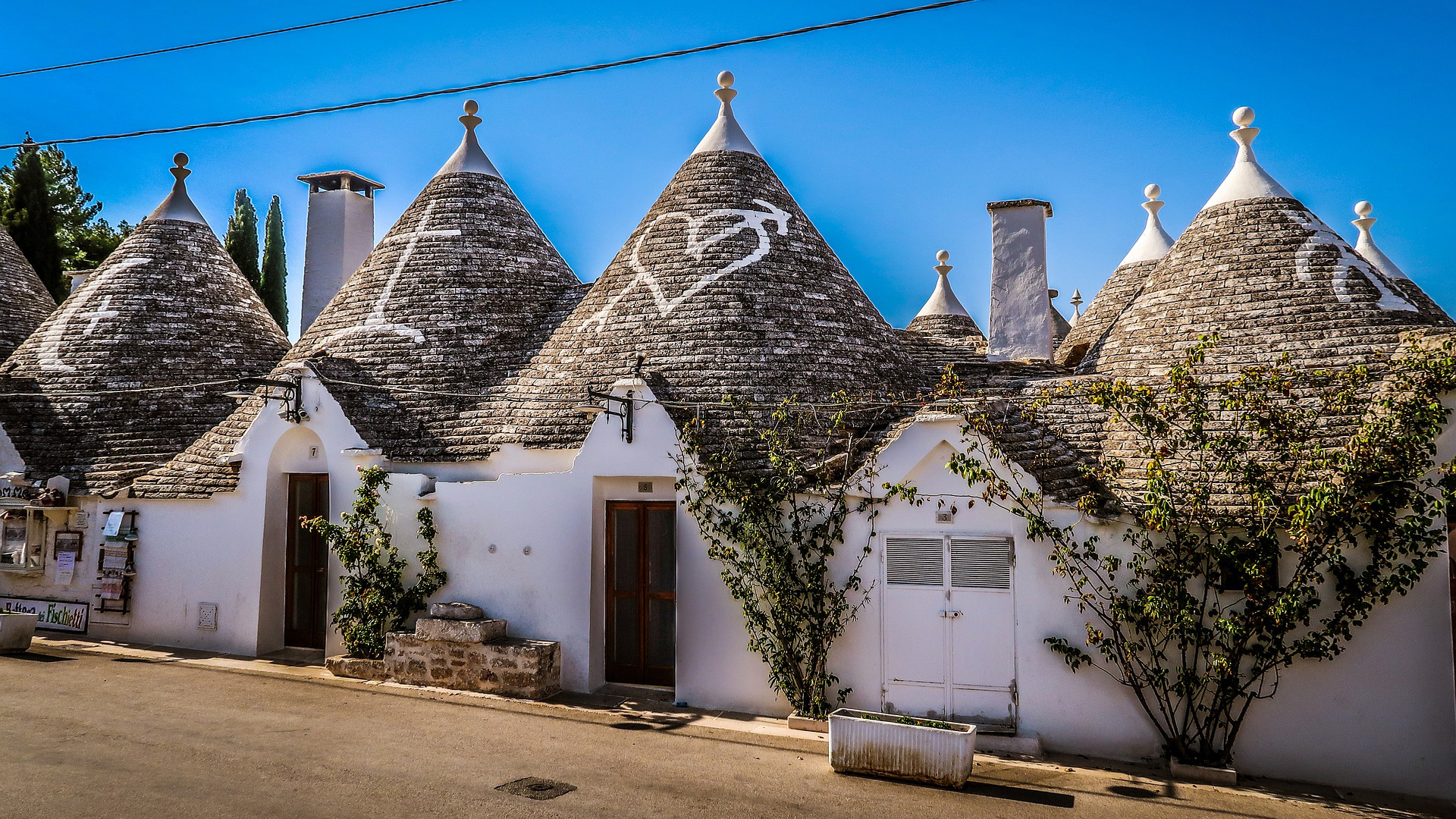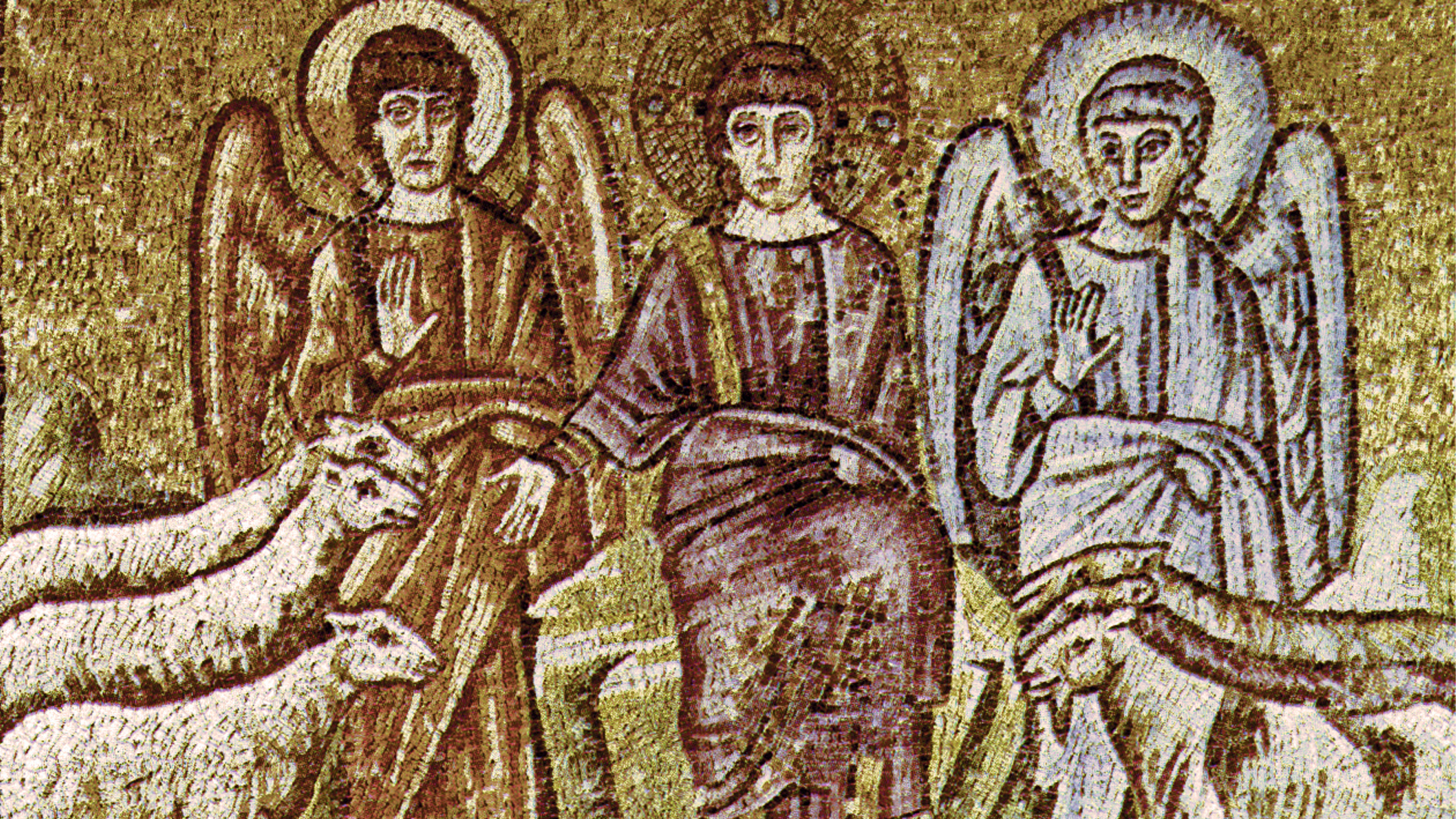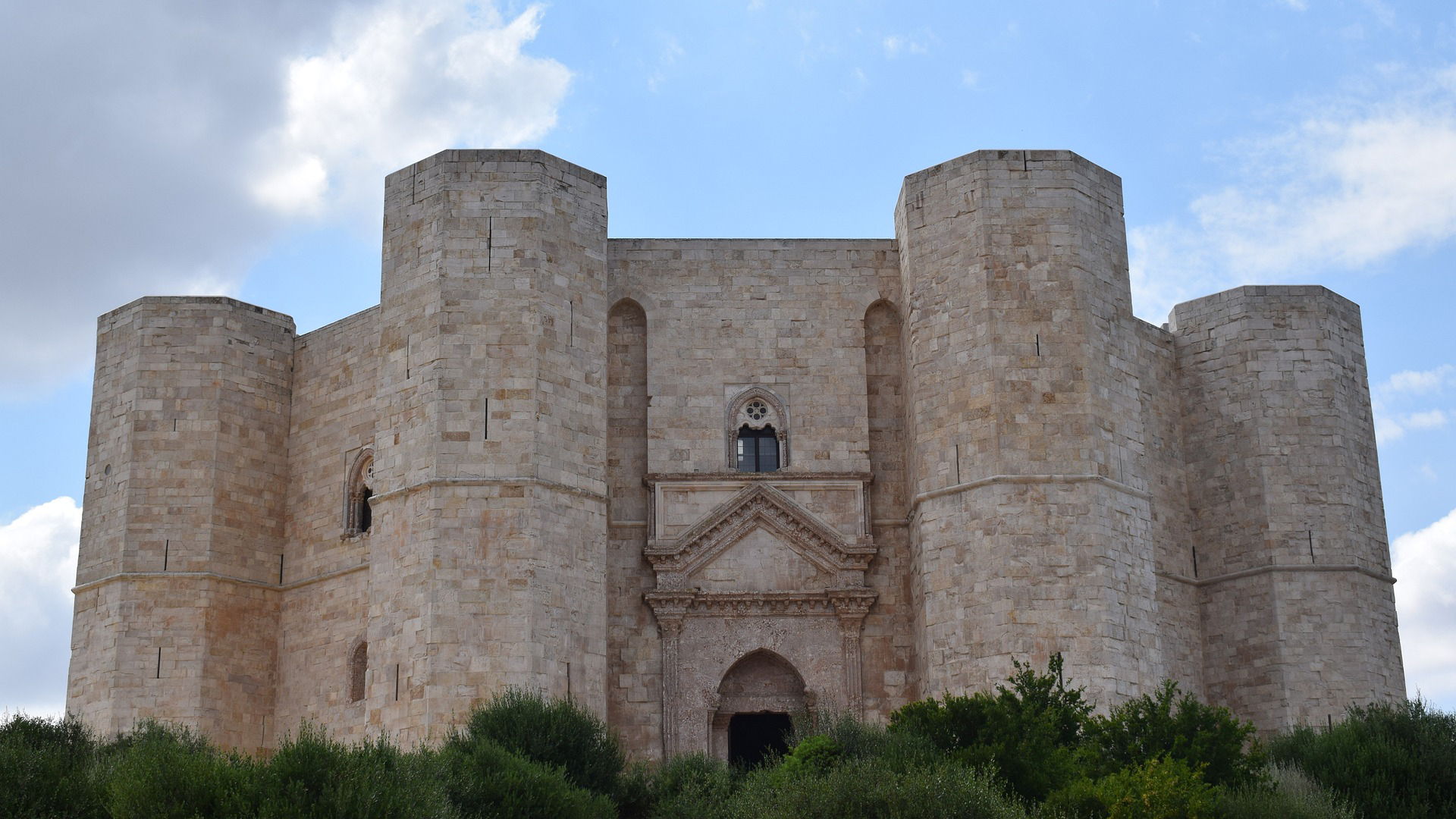Italy boasts more World Heritage sites than any other country in the world. It has 53 cultural and five natural UNESCO World Heritage sites, for a grand total of 58. UNESCO World Heritage Sites are deemed to be of “outstanding value to humanity.” These sites are actively identified, protected, and preserved under the Convention concerning the Protection of the World Cultural and Natural Heritage, which was adopted in 1972.
Every week, America Domani will release a list, and brief description, of 5 UNESCO World Heritage Sites, listed in the order in which they were inscribed. Last week’s list included Pisa’s Piazza del Duomo, the Sassi and Rupestrian churches of Matera, and the historic city centre of Siena.
Crespi d’Adda (1995)

The city of Crespi d’Adda is located in the Lombardy region. According to UNESCO, it is “an outstanding example of the 19th, and early 20th-century ‘company towns’ built in Europe and North America by enlightened industrialists to meet the workers’ needs.”
The Trulli of Alberobello (1996)

The trulli are small, limestone boulder dwellings found in Puglia. They are long-standing examples of the prehistoric building technique of drywall construction. Traditionally, they have domed or conical roofs featuring ancient painted signs meant to ward off evil.
Historic centre of the city of Pienza (1996)

The Tuscan town was the birthplace of Pope Pius II, who was responsible for initiating Renaissance town-planning practices. Pope Pius II chose architect Beranrdo Rossellino to redesign Pienza. Rosellino built the Piazza Pio II, the Piccolomini Palace, the Borgia Palace and the cathedral that, according to UNESCO, has a “pure Renaissance exterior and an interior in the late Gothic style of south German churches.”
Early Christian monuments of Ravenna (1996)

Ravenna, the seat of the Roman Empire in the 5th century and of Byzantine Italy until the 8th century, is home to eight early Christian mosaics and monuments. These eight buildings include: the Mausoleum of Galla Placidia, the Neonian Baptistery, the Basilica of Sant’Apollinare Nuovo, the Arian Baptistery, the Archiepiscopal Chapel, the Mausoleum of Theodoric, the Church of San Vitale and the Basilica of Sant’Apollinare in classe. These were constructed in the 5th and 6th centuries and blend Graeco-Roman tradition, Christian iconography, and oriental and Western styles.
Castel del Monte (1996)

Castel del Monte was built by Emperor Frederick II in the 13th century. It was built with mathematical and astronomical precision, both in terms of its layout and shape. It is a unique piece of medieval military architecture that combines elements of classic antiquity, north European Cistercian Gothic, and the Islamic Orient.
Asia London Palomba
Asia London Palomba is a trilingual freelance journalist from Rome, Italy. In the past, her work on culture, travel, and history has been published in The Boston Globe, Atlas Obscura, The Christian Science Monitor, and Grub Street, New York Magazine's food section. In her free time, Asia enjoys traveling home to Italy to spend time with family and friends, drinking Hugo Spritzes, and making her nonna's homemade cavatelli.


